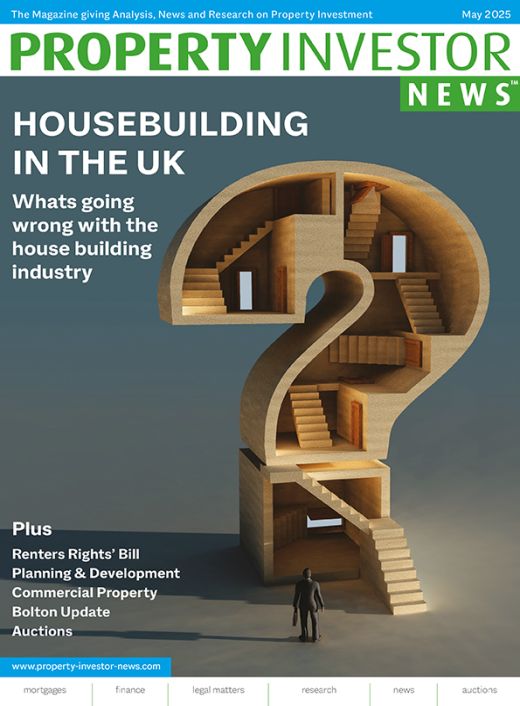Over the last 10-15 years, the private rental and HMO (houses in multiple occupation) sectors have grown strongly. According to wealth management company, Arbuthnot Latham, the reasons for this are high house prices that have deterred prospective first-time buyers, mortgage availability, which in some cases has been limited, and because some younger people are less keen on the prospect of home ownership than older generations.
According to the most recent government estimate (2018) there were around 4.7m people within the PRS in England alone, and around 497,000 HMOs in England and Wales combined. The firm says HMOs have also been rapidly growing in popularity among investors because despite the more significant management overheads and the growing numbers of regulations, the yields are normally higher than for traditional BTL.
Mark Cotter, director of real estate at Arbuthnot Latham, says: “Local authorities are also keen on HMOs because they are a tool through which councils can control HMO density and housing stock in a certain area. Councils can – and almost always do – require property owners to seek permission to convert a single dwelling house into a small HMO.”
Cotter suggests that with the government constantly missing its target of building 345,000 new homes each year, there is an essential need for more HMOs - a need exacerbated by councils themselves losing their own housing stock and relying increasingly on private landlords. “As a consequence, licensed HMOs are required to comply with tighter regulations to ensure they meet minimum safety and quality standards, thereby improving the quality of rental housing stock,” he adds.
The shifting landscape, and confusion, regarding Council Tax
Properties are assessed by ‘band’ with the highest rated properties liable for higher Council Tax payments. The Valuation Office Agency (VOA) values properties for Council Tax purposes based on the amount which the property would have sold for on the open market by a willing vendor on 1 April 1991, even if the property was constructed or adapted after that date. Once the property has been allocated a value, it is then placed in one of eight bands (A-H).
There is a searchable database of every property in England and Wales and the VOA Council Tax Manual provides detailed guidance to Council Tax valuation officers to reach a decision about applying Council Tax bands.




















